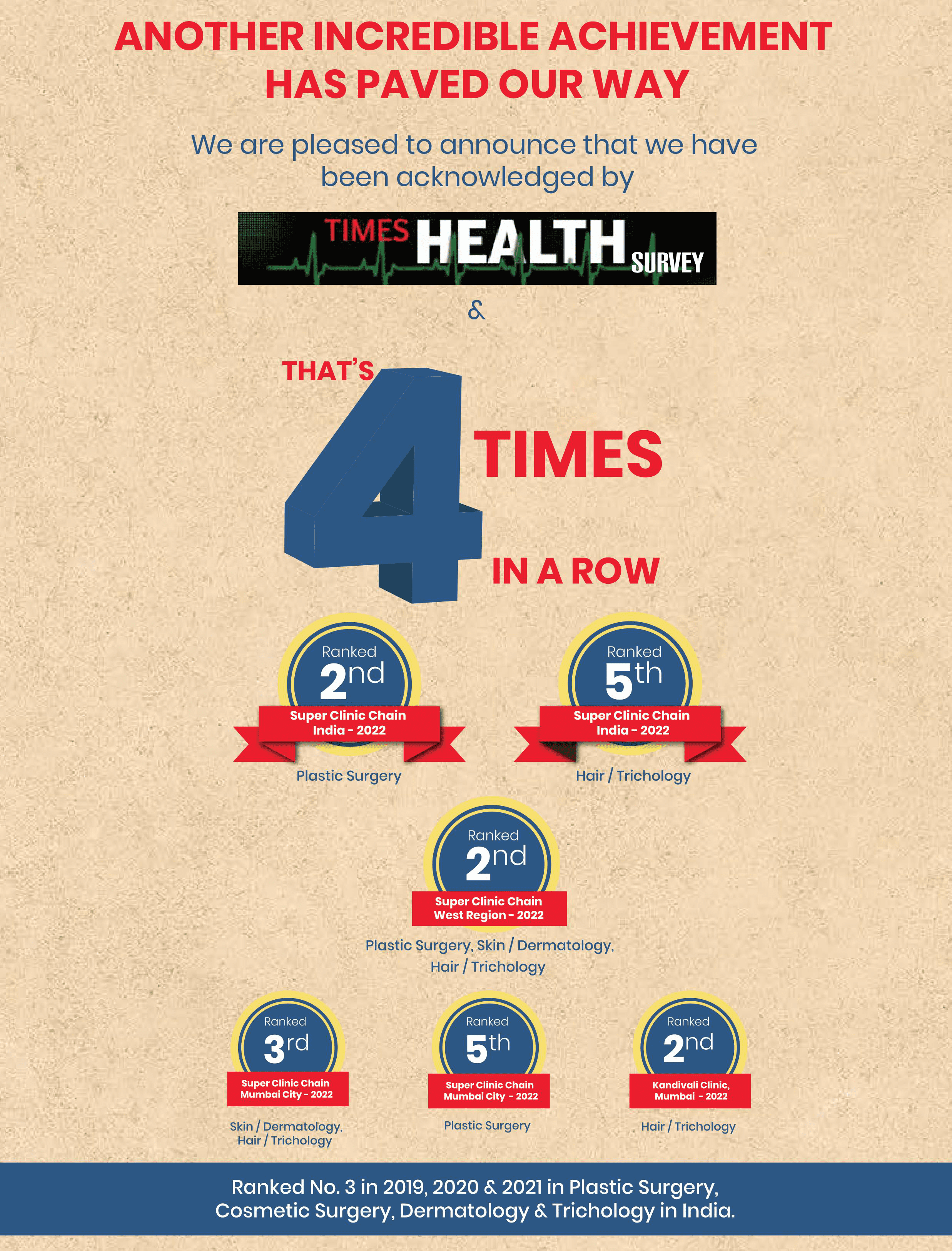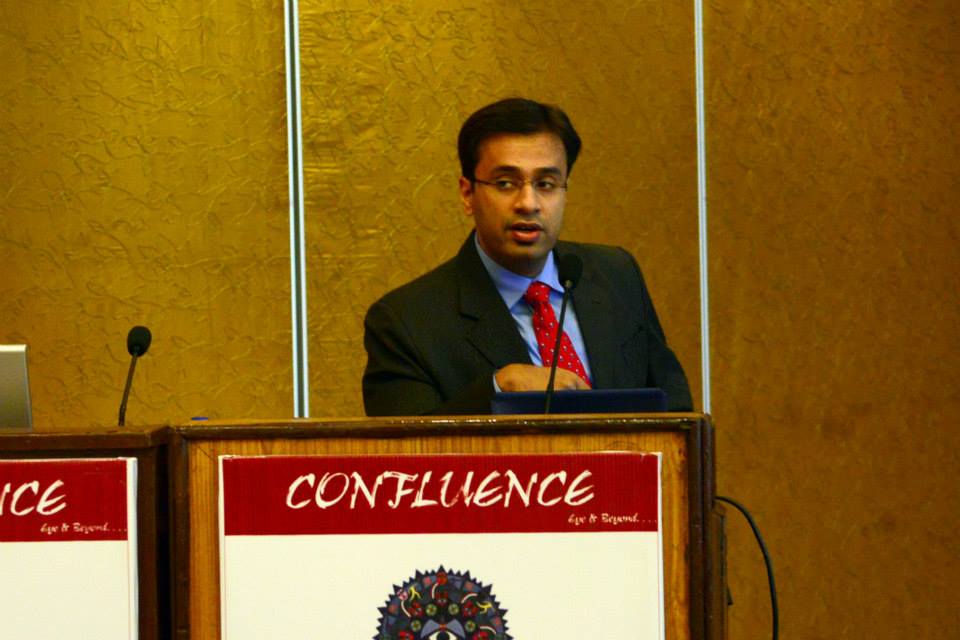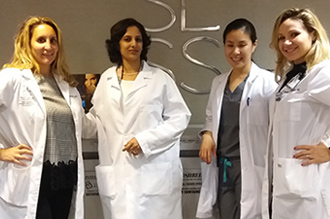Facial neuralgia, also known as tic douloureux or trigeminal neuralgia, describes a condition whereby an individual experiences a sharp, stabbing pain in the teeth, jaw, or gum. The nerve that is majorly affected in this condition is the trigeminal nerve which is the largest and most complex cranial nerve; it functions to provide sensation to the face and also serves to stimulate the masticatory muscles. So, when this nerve becomes neuralgic – as facial neuralgia – it means it has been irritated or damaged. The painful sensation that is triggered with facial neuralgia normally affects one side of the face but it may sometimes be felt on both sides [of the face] – though not simultaneously. Neuralgic facial pain can be triggered when the affected individual is eating, brushing, shaving, talking, kissing, or even as a gentle breeze blows over a patient’s face. This condition is most prevalent among the older population – within the age gap of 50 – 60 years – and men are more affected than women. Seeking facial neuralgia treatment may not be deemed necessary by persons who suffer this condition as the pain may last for only few seconds or even recede completely. It does not, however, rule out the fact that facial neuralgia can lead to certain debilitating consequences like depression, marked weight loss, and consequently poor quality of life.
Facial Neuralgia is typified based on the causative factor(s), and as such there are two types – Primary Facial Neuralgia and Secondary Facial Neuralgia. Primary facial neuralgia accounts for 95% of all cases of facial neuralgia, and it is caused by pressure exerted on the trigeminal nerve proximate to the brainstem that regulates the transmission of messages between the brain and other parts of the body. The compression occurs as the artery and vein come in contact with the trigeminal nerve – though it has to be stated that it is not all such contacts that lead to facial neuralgia. Secondary facial neuralgia, on the other hand, is manifested when other (underlying) medical conditions [like facial injury, demyelinating disease, cyst, or multiple sclerosis] cause the exertion of pressure on the trigeminal nerve.
You might have to consider going for a comprehensive facial neuralgia treatment if the painful sensation subsists – this should be at the behest of your medical practitioner and after the condition must have been diagnosed. Additionally, surgical options may be recommended in the event other (pharmacologic) facial neuralgia treatments have failed to effectively address your situation. This can also be the case if the medications a patient is using cause sustained side effects like nausea and dizziness.
As you plan to visit the clinic for facial neuralgia treatment for your consultation with a specialist, it is important that you have certain key points to be better prepared. From the very first moment, your appointment was set till the hour of consultation, you should be focused on writing down the symptoms [you have been observing] – take note of how long the pain lasted – the triggers and the medications you might have been taking. Also, consider asking the specialist vital questions bordering on the most appropriate treatment course for you, the frequency of the treatment, and the possible outcome of the selected treatment.
On his/her part, the specialist will seek to have a close examination to see where the pain is located, and also seek to know your medical history, particularly focusing on unravelling the cause of your condition and to know if you have had a facial neuralgia treatment in the past. It is on the back of this that the specialist will work out the best treatment strategy for you.
As already established, facial neuralgia can be treated through surgical and non-surgical means. Hinting on the non-surgical therapeutic intervention; a class of drugs known as anticonvulsant is usually the first port of call. These drugs act by suppressing the flow of electrical impulses in the nerves to the end of limiting their capacity to transmit pain signals. Some notable examples of such drug is carbamazepine, gabapentin, lamotrigine, clonazepam, oxcarbazepine and phenytoin. Antispasmodic agents are another set of medications that can be used – either alone or as combinatory therapy with carbamazepine – to treat facial neuralgia.
There are a host of surgical procedures that have been used to attain favourable outcomes in the treatment of facial neuralgia. Some of these include:
On the issue of cost, it is somewhat difficult to have a definitive and/or straightforward answer. For one, the cost of taking pharmacologic therapy might keep accumulating as the patient attempts to suppress the pain time and again – this is where surgical procedures which may offer relief for a relatively longer period get to be cost-effective. Nevertheless, you should note that the severity of your condition, as well as other salient factors will influence the overall cost of treatment. To this end, it is ideal that you contact The Esthetic Clinics today to have our specialist give you a comprehensive cost breakdown.
Looking for a top medical center to have your facial neuralgia treatment in India? The team of specialist plastic surgeons at The Esthetic Clinics is ready to give you top-notch service that would leave you painless again. We are fortunate to have one of India’s best cosmetic surgeon, Dr. Debraj Shome with us, and on top of this, our facilities are world class – we bring excellent facial neuralgia treatment nearby. So, you can be assured of getting nothing short of excellent quality.


Dr. Debraj Shome is Director and Co founder of The Esthetic Clinics. He has been rated amongst the top surgeons in India by multiple agencies. The Esthetic Clinics patients include many international and national celebrities who prefer to opt for facial cosmetic surgery and facial plastic surgery in Mumbai because The Esthetic Clinics has its headquarters there.






